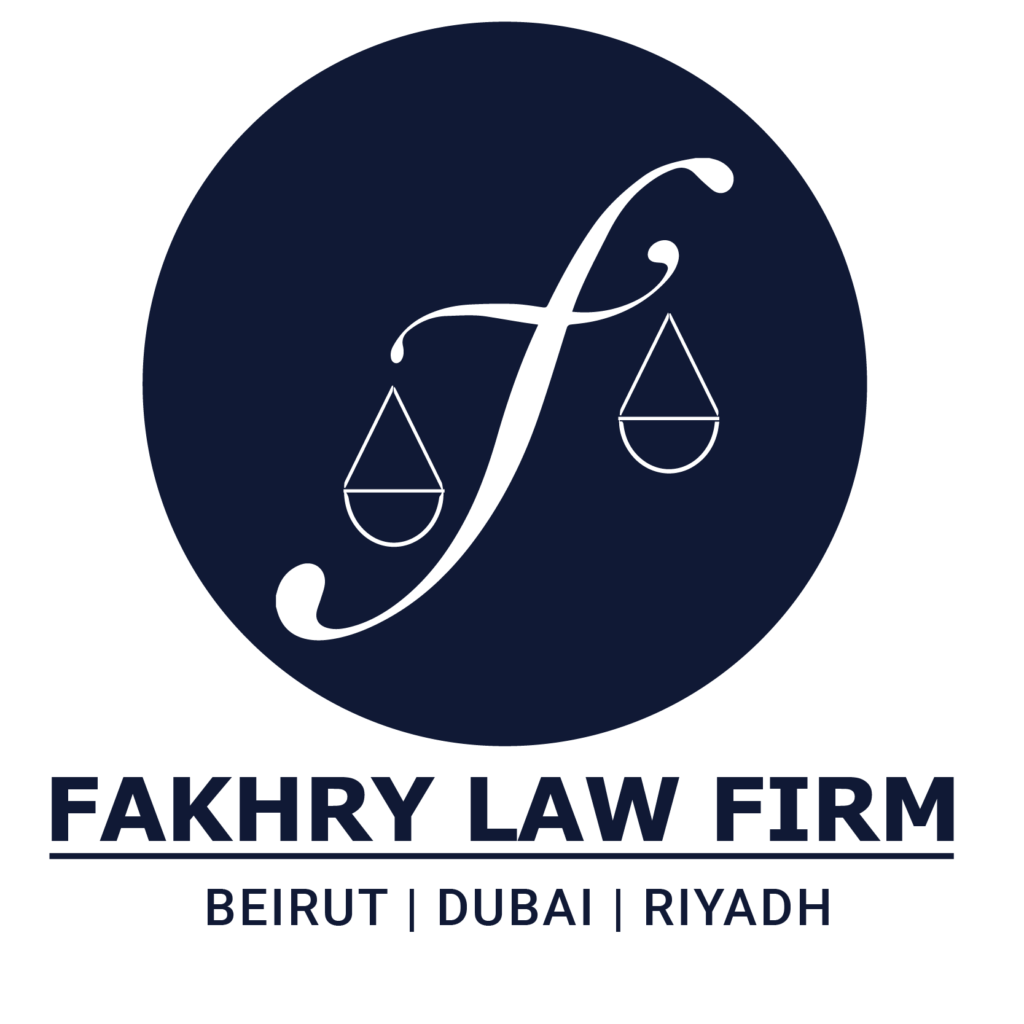In today’s digital age, we are constantly creating and consuming content. From blogs to podcasts and images, we are inundated with a vast amount of information every day. As a content creator, it’s important to understand who owns that content. Even more, it is vital to understand the intellectual property laws that exist to protect it. Intellectual property laws are designed to safeguard the works of creators. The vastness of the internet and the ease of sharing, makes it difficult to navigate. In this article, we’ll delve into the basics of intellectual property laws. In addition we will provide tips for safeguarding your content in the ever-changing landscape of the digital world.
Understanding Copyright Law
Copyright law is one of the most well-known forms of intellectual property law. It protects original works of authorship, such as books, music, and other creative works. As a content creator, it’s important to understand what copyright is and how it applies to your work.
Copyright grants the owner of the work exclusive rights to reproduce, distribute, and display the work. This means that no one else can use your work without your permission. However, there are some exceptions to this rule, such as fair use, which we’ll discuss later in this article.
To protect your work under copyright law, you should always include a copyright notice on your content. This notice should include the copyright symbol (©), the year of creation, and the name of the copyright owner. For example, “Copyright © 2021 Jane Doe.” This notice serves as a warning to others that your work is protected by copyright and should not be used without your permission.
Trademark Law and How It Protects Your Brand
Trademark law protects the symbols, phrases, and designs used to represent a brand or business. This includes things like logos, slogans, and brand names. Trademark law is important for protecting your brand identity and preventing others from using your branding to confuse or deceive consumers.
To protect your brand under trademark law, you should register your trademark with the United States Patent and Trademark Office (USPTO). This will give you exclusive rights to use your trademark in connection with your goods or services. It will also make it easier for you to take legal action against anyone who infringes on your trademark.
It’s important to monitor your trademarks and take action against anyone who uses them without your permission. This includes sending cease and desist letters and taking legal action if necessary.
Patents and Trade Secrets: What They Are and How They Work
Patents and trade secrets are two other forms of intellectual property protection that are often used in business. Patents protect inventions and give the inventor exclusive rights to make, use, and sell the invention for a certain period of time. Trade secrets, on the other hand, protect confidential business information, such as formulas, processes, and customer lists.
To protect your invention under patent law, you should apply for a patent with the USPTO. This can be a complex and expensive process, but it can be worth it if your invention is valuable and has the potential to generate significant revenue.
Trade secrets are protected by keeping the information confidential. This means that you should only share confidential information with people who have a need to know and have signed a non-disclosure agreement (NDA). You should also take steps to secure your confidential information, such as using password-protected files and restricting access to sensitive information.
Copyright Infringement: How to Identify It and What to Do
Copyright infringement occurs when someone uses your copyrighted work without your permission. This can include things like copying and pasting your content, using your images without attribution, or creating derivative works based on your original content.
To identify copyright infringement, you should regularly monitor your content online. This can be done through tools like Google Alerts, which will notify you when your content is published online. You should also conduct regular searches on social media and other websites to see if anyone is using your content without permission.
If you identify copyright infringement, there are steps you can take to stop it. This may include sending a cease and desist letter, filing a DMCA takedown notice, or taking legal action. It’s important to work with a legal professional to determine the best course of action for your specific situation.
Protecting Your Content Online: Digital Rights Management Tools and Techniques
Digital rights management (DRM) is a set of technologies and techniques used to protect digital content from unauthorized use. This can include things like encryption, watermarking, and access controls. DRM is often used by content creators to prevent piracy and unauthorized distribution of their content.
There are a variety of DRM tools and techniques available, depending on the type of content you create. For example, you can use watermarking to embed a unique identifier in your images or videos. This can help you identify when your content is being used without permission. You can also use access controls to restrict who can view or download your content.
It’s important to remember that DRM is not foolproof and can often be circumvented by determined infringers. However, it can be an effective tool for deterring casual infringement and protecting your content from unauthorized use.
Fair Use, Public Domain, and Creative Commons: What They Mean for Content Creators
Fair use, public domain, and creative commons are all terms that content creators should be familiar with. They refer to exceptions to copyright law that allow certain uses of copyrighted works without permission from the copyright owner.
Fair use is a legal doctrine that allows for the limited use of copyrighted works for purposes such as criticism, commentary, news reporting, teaching, scholarship, or research. The specific criteria for fair use can vary depending on the situation, but generally, it involves using a small portion of the copyrighted work for a specific purpose.
Public domain refers to works that are not protected by copyright and are free for anyone to use. This can include things like old books, paintings, and other works that are no longer protected by copyright.
Creative commons is a set of licenses that allows content creators to share their work with others while still retaining some rights. There are several different types of creative commons licenses, each with different restrictions and permissions.
As a content creator, it’s important to understand these exceptions to copyright law and how they apply to your work. This can help you make informed decisions about how to license and share your content.
Navigating the Global Landscape
Intellectual property laws can vary depending on the country you’re in. If you’re a content creator who distributes your work internationally, it’s important to understand the intellectual property laws in each country you’re working in.
Some countries may have different copyright laws or different levels of protection for trademarks and patents. It’s important to work with legal professionals who are familiar with the intellectual property laws in each country you’re working in to ensure that your content is protected.
Working with Legal Professionals to Protect Your Intellectual Property
Intellectual property law can be complex and confusing, especially for content creators who are not legal experts. It’s important to work with legal professionals who specialize in intellectual property law to ensure that your content is properly protected.
A legal professional can help you understand your rights as a content creator, file trademark and patent applications, and take legal action against infringers. They can also help you draft contracts and licenses to protect your content and ensure that you’re compensated for its use.
Conclusion
In conclusion, protecting your content is essential for your business. Your content is valuable, and it’s important to take steps to ensure that it’s not used without your permission. By understanding the basics of intellectual property law, using DRM tools and techniques, and working with legal professionals, you can protect your content and ensure that you’re compensated for its use.





